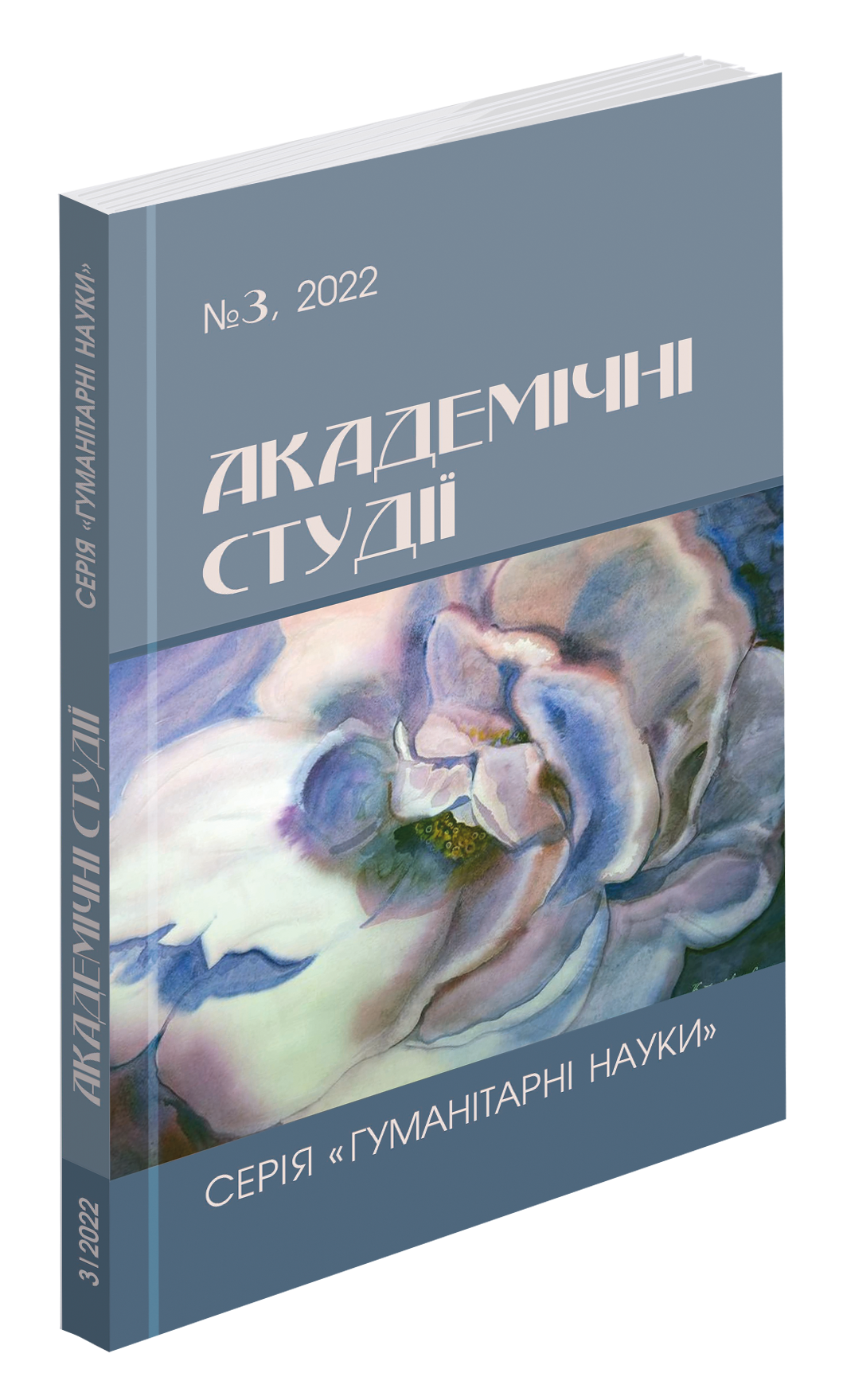Abstract
This article deals with the actual problem of researching sight translation as one of the types of simultaneous oral translation and its role in the future professional activity of philology students. Despite the large number of works outlining the interpretation and characteristics of the sight translation, as well as a separate concept of the specifics of teaching, the research problem related to this type of translation with regard to providing the necessary knowledge and skills for the preparation of an interpreter remains is open. The article analyzes the previous scientific works of researchers such as: O. Nahachevska, I. Mezhuyeva, I. Simkova, and Ye. Dolynskyi and traces certain common features of their works. Due to this analysis, the main areas of use of sight translation are outlined, as well as the principles of effective teaching of this discipline based on the opinions of scientists. The general meanings of the concepts of translation process, oral translation and unseen translation are presented. The skills and knowledge that a specialist should have when performing any translation, specifically sight translation are characterized, and the goal that the teacher should pay attention to during training is also defined. The article talks about the process of reading, which appears inseparable from the concept of sight translation, describes its importance for the further results of students and emphasizes the importance of this process. The factors complicating and facilitating the unseen translation are highlighted and additional information is provided regarding the formation of the necessary skills and abilities. Attention is paid to the basis of creating appropriate training exercises that allow future specialists to test their knowledge in practice. The article provides an interpretation of the specifics of the research object and the main three stages of its implementation: preparatory, training and analytical. Certain areas that need to be trained in order to achieve a better result at each of these stages are characterized. It was determined that the sight translation is important in view of the general types of oral translation and occupies one of the main positions in the training of a future inerpreter.
References
Долинський Є. Роль і місце ділової англійської мови в підготовці майбутніх перекладачів. Закарпатські філологічні студії : наук. фах. вид. Ужгород, 2021. Вип. 17. С. 33– 38.
Межуєва І. Переклад з аркуша: до питання про основні труднощі для усних та письмових перекладачів. Закарпатські філологічні студії : наук. фах. вид. Ужгород, 2019. Вип. 10. С. 45– 49.
Нагачевська О. Психолінгвістичні та психолого-педагогічні особливості підготовки перекладачів із застосування авторської методики вивчення іноземних мов проф. Х.В. Хачатуряна. Психологічні науки проблеми і здобутки : зб. наук. пр. Вип. (1-2) 13-14. Київ, 2019. С. 298– 318.
Писанко М. Навчання усного перекладу з аркуша студентів перекладацьких спеціальностей закладів вищої освіти. Іноземні мови : наук. метод. жур. Київ, 2020. № 3. С. 3 – 11.
Синхронний переклад. URL: https://uk.wikipedia.org/wiki/%D0%A1%D0%B8%D0%BD%D1%85%D1%80% D0%BE%D0%BD%D0%BD%D0%B8%D0%B9_%D0%BF%D0%B5%D1%80%D0%B5%D0%BA%D0%BB%D0% B0%D0%B4
Сімкова І. Загальні передумови методики навчання майбутніх бакалаврів-філологів усного двостороннього перекладу в науково-технічній сфері. Вісник дніпропетровського університету імені Альфреда Нобеля. Педагогічні науки. Дніпро, 2015. № 1 (9). С. 269– 274.
Усний переклад: синхронний та послідовний. URL: https://www.jit.academy/usnyj-pereklad-synhronnyj-taposlidovnyj/

